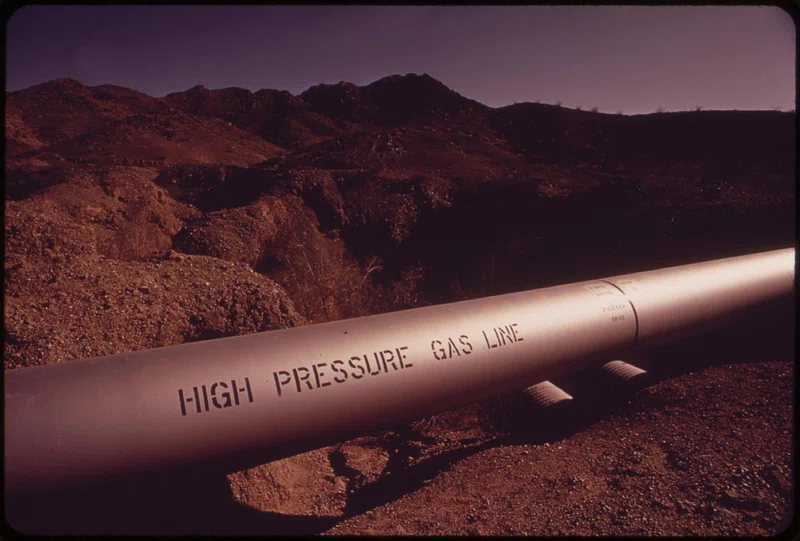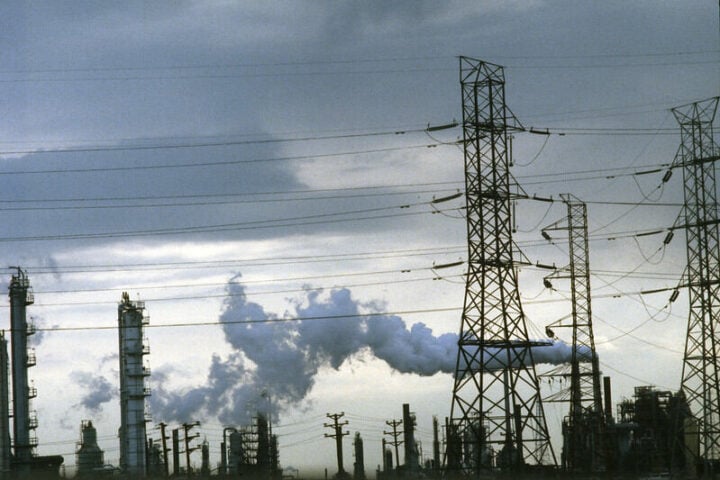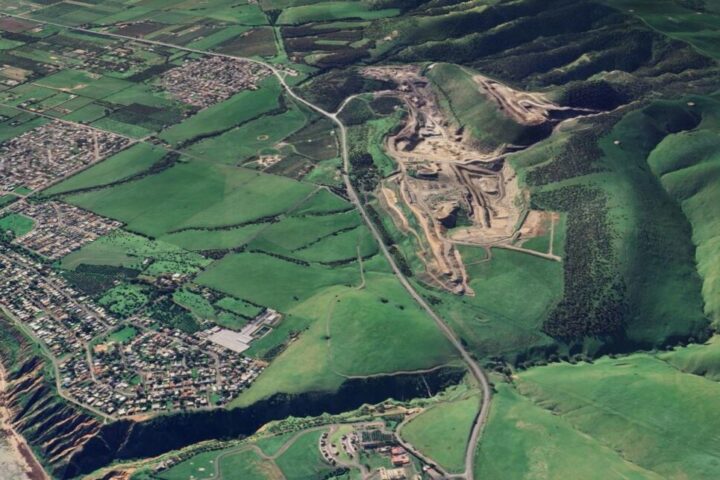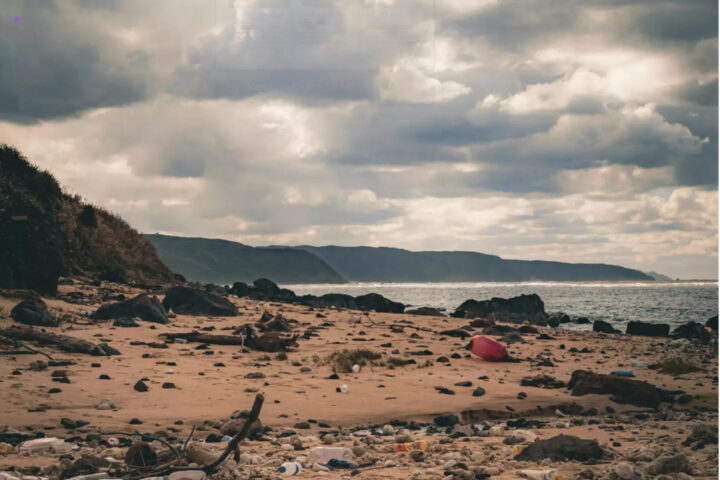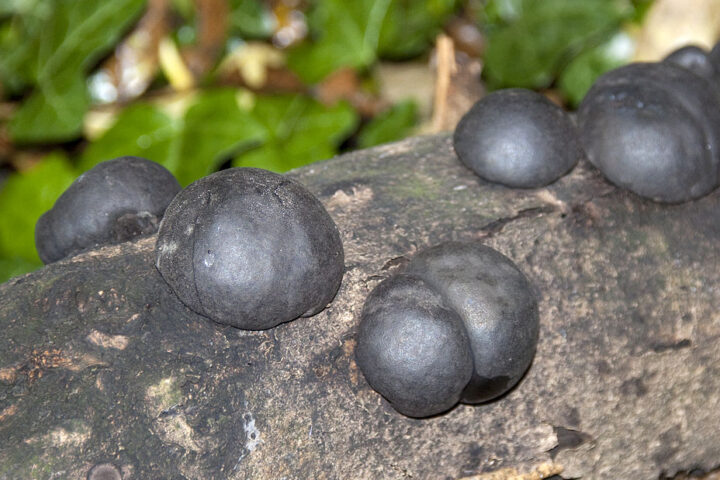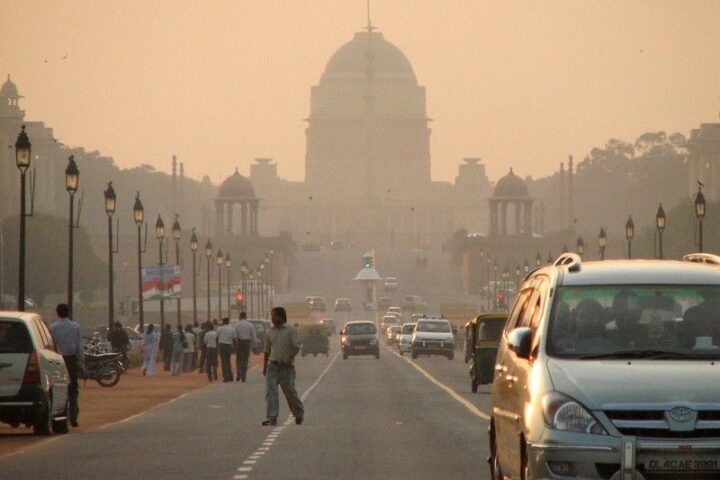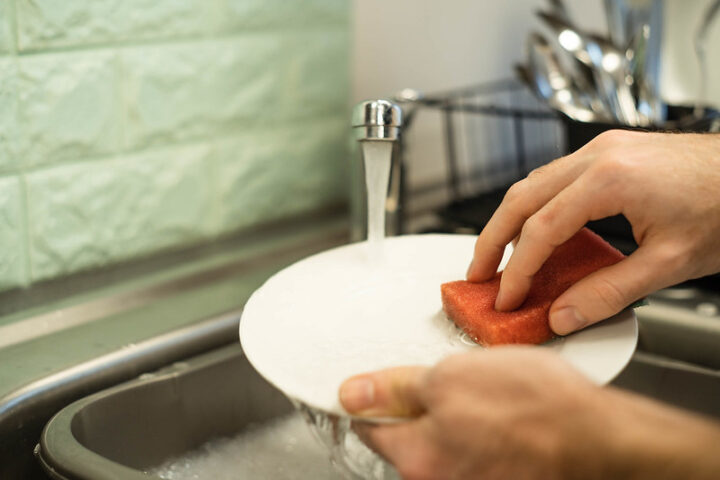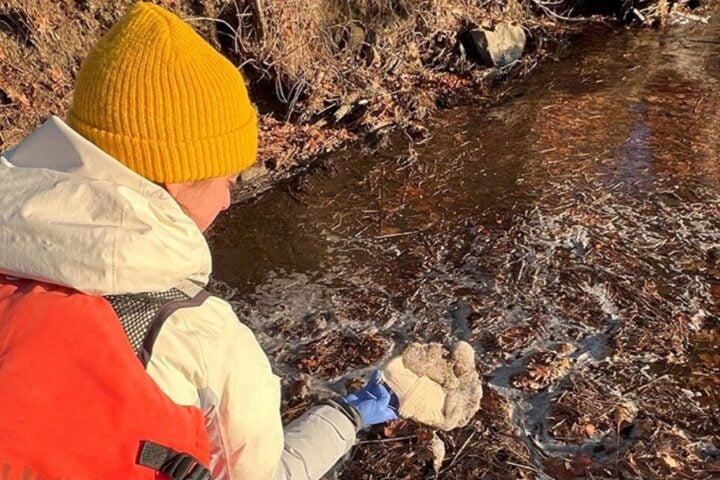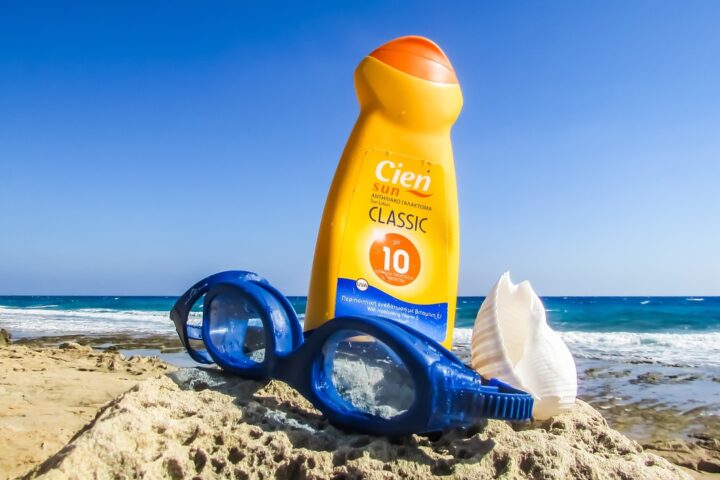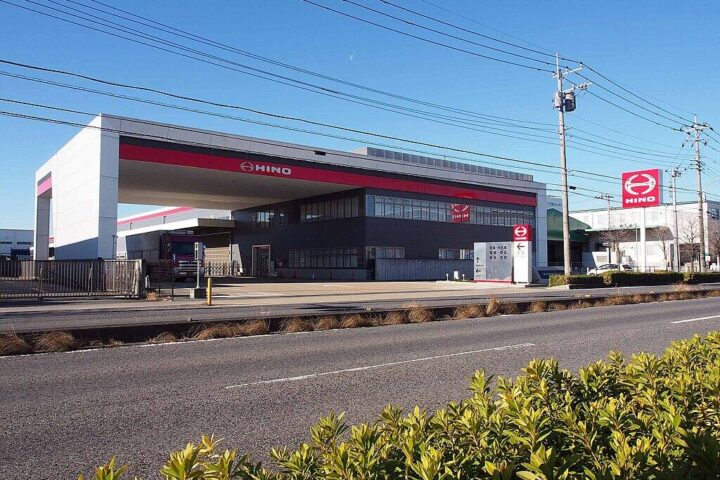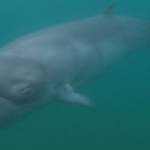The recent findings from NOAA’s SABRE mission have unveiled a startling discovery: our stratosphere is not just a recipient of meteoric “space dust” but also a depository for a variety of metals originating from human-made satellites and spent rocket boosters. These metals or pollutants find their way into the stratosphere through the intense heat of re-entry, vaporizing and mingling with other particles high above the Earth’s surface.
Unveiling Sky-High Secrets
The SABRE mission, short for Stratospheric Aerosol processes, Budget, and Radiative Effects, is NOAA’s most comprehensive effort to study aerosol particles in the stratosphere, a crucial atmospheric layer that not only moderates Earth’s climate but also houses the protective ozone layer. The mission’s initial findings have significantly expanded our understanding of human impact on this remote environmental frontier.

A Technological Lens to the Atmosphere
The key to this discovery was an ultra-sensitive instrument known as PALMS (Particle Analysis by Laser Mass Spectrometry), custom-built at NOAA and installed in a NASA WB-57 research aircraft. PALMS has the unique ability to ingest and chemically analyze individual particles in the air during flight, providing a detailed chemical “fingerprint” for each particle. This technology revealed that about 10% of sulfuric acid particles in the stratosphere contain embedded aluminum and exotic metals, with their composition matching special alloys used in rockets and satellites.
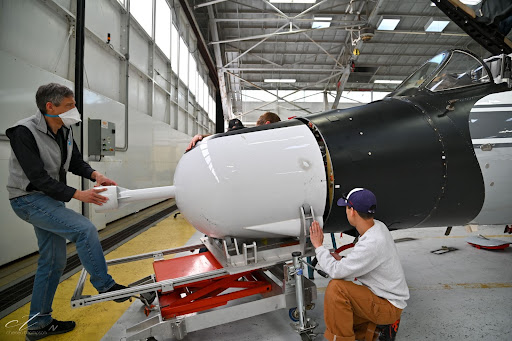
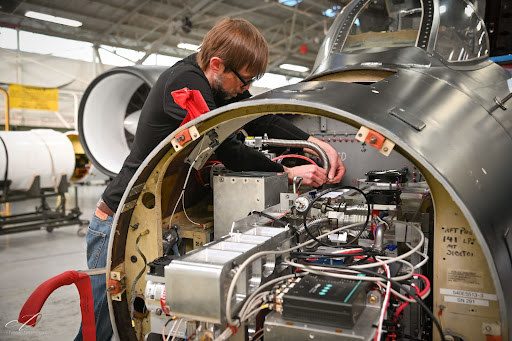
Unexpected Guests in the Stratosphere
Among the metals detected were niobium and hafnium, rare elements not naturally occurring in the stratosphere and commonly used in high-tech industries. “These are both rare elements that are not expected in the stratosphere. It was a mystery as to where these metals are coming from and how they’re ending up there,” explained Daniel Murphy, a research chemist at NOAA’s Chemical Sciences Laboratory.
Similar Posts
Space Debris: A Rising Environmental Concern
The presence of these metals raises critical environmental questions, especially considering the projected increase in space traffic and its potential effects on the ozone layer. Scientists are also contemplating the impact of proposals to seed the stratosphere with sulfur aerosols to combat global warming. With an estimated 10% of stratospheric sulfuric acid particles already containing metallic traces, there’s a projected rise to 50% or more, correlating with the increasing number of satellites destined for reentry.
The Future of Our Skies
As we continue to explore and utilize space, the implications of these findings are clear: our activities are not without consequences for our planet’s atmosphere. The discovery serves as a reminder of the interconnectedness of our environmental systems and the importance of sustainable practices in space exploration. As Daniel Murphy cautioned, understanding these novel metals’ implications in the stratosphere will require significant work.
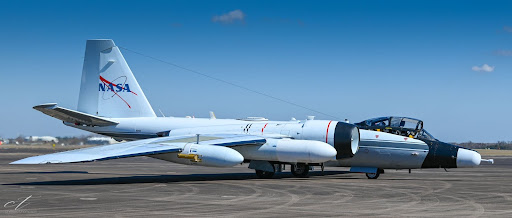
Keeping Track of Our Cosmic Activities
As of October 4, there are 8,697 satellites in orbit, with 7,892 in low Earth orbit, all destined for eventual reentry. “At 10%, the current fraction of stratospheric aerosol with metal cores is not large. But over 5,000 satellites have been launched in the past five years. Most of them will come back in the next five, and we need to know how that might further affect stratospheric aerosols,” stated Martin Ross of The Aerospace Corporation.
This research shouts out the need of a multidisciplinary approach to address the challenges posed by human activities in the stratosphere, combining atmospheric science, space technology, and environmental stewardship. The findings of SABRE mission are a milestone in environmental research and space science, marking the first time stratospheric pollution has been irrefutably linked to space debris reentry. The study stands as a pioneering effort in exploring human-induced changes in the stratosphere, urging a balance between space exploration and environmental preservation.

